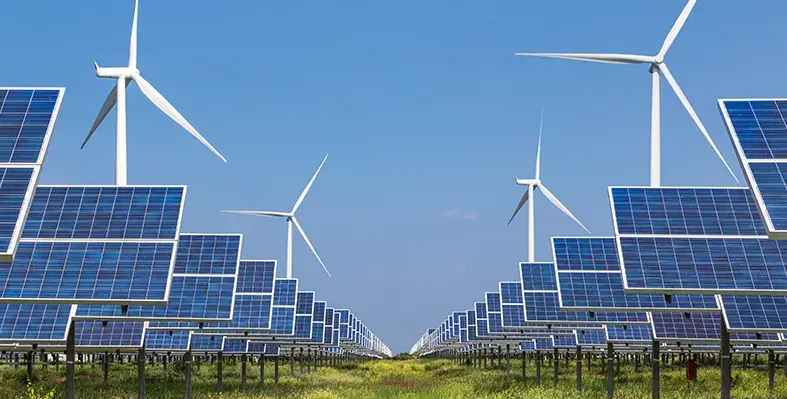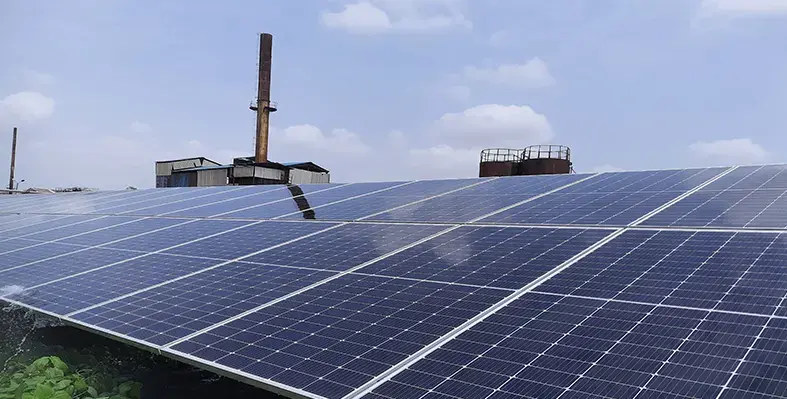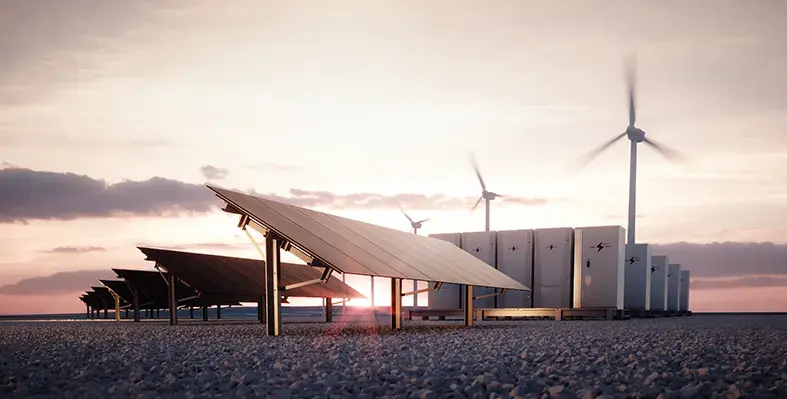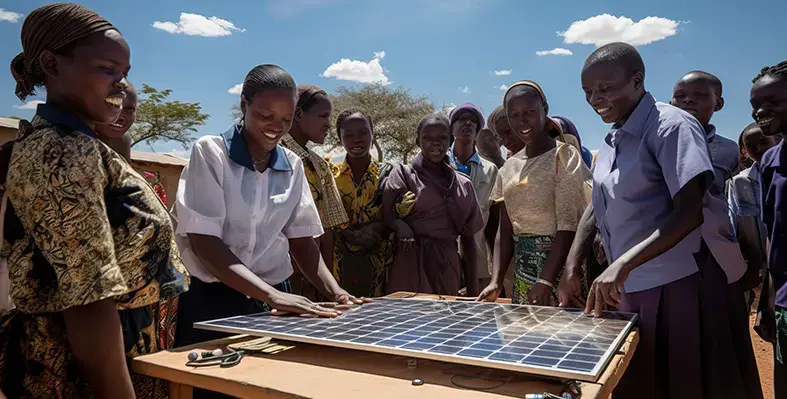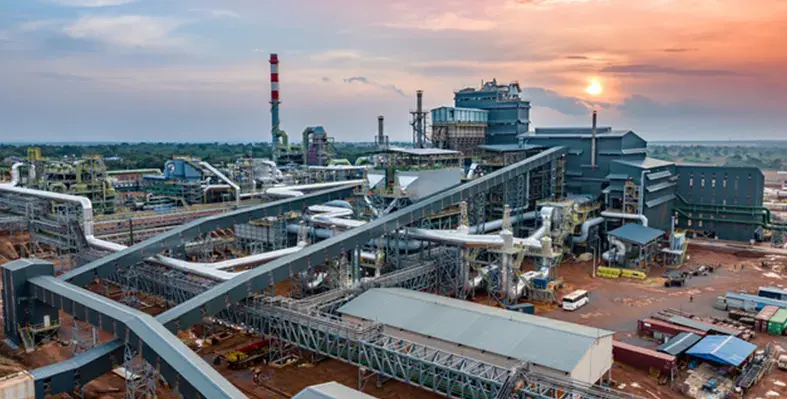
Kamoa-Kakula smelter. (Image source: Ivanhoe Mines)
Ivanhoe Mines is beefing up its power supply options at its various mines sites in Central Africa as a result of grid instability
At the producing Kipushi zinc mine in the Democratic Republic of Congo (DRC), the company reported that despite improved production rates, “operations continue to be impacted by grid instability.”
An additional 6 MW of back-up generator capacity is in the process of being installed and is set to be commissioned in the coming weeks, it noted in a 7 October statement.
“The new generators will increase the total on-site back-up power to 20 MW, sufficient to maintain operational continuity during periods of grid instability,” it noted.
Kipushi produced a record 57,200 tonnes of zinc in Q3 2025, a quarterly increase of 37%.
More ambitious plans are underway in the run-up to the launch of Kamoa-Kakula’s on-site, direct-to-blister copper smelter, which is expected to commence in early November 2025.
Installation is nearing completion on a 60 MW battery-powered, uninterruptible power supply facility, the company reported, which will be complemented by a further 60 MW of diesel-powered gensets.
“The smelter start-up will commence as the installation of the uninterruptible power supply facility nears completion,” Ivanhoe noted.
The 60 MW UPS is designed to provide up to two hours of instantaneous back-up power to the smelter, protecting the operation from voltage fluctuations in the DRC grid, it added.
“In addition to the UPS, there is a further 60 MW of dedicated diesel-powered, back-up generator capacity.”
Last year, contractors on site marked the successful commissioning and synchronising of the first five Sumec/MTU 2 MW generators, announced in a social media post.
“On-site backup-power generator capacity is scheduled to increase to a total of over 200 MW in time for the completion of Kamoa-Kakula's direct-to-blister copper smelter in Q4 2024,” Ivanhoe said at the time.
Since then it has brought together a collection of new power arrangements to put in place the energy needed to get the new smelter up and running.
Earlier in 2025, Kamoa Copper signed power purchase agreements (PPA) with CrossBoundary Energy DRC of Nairobi, Kenya, and La Societe Green World Energie SARL of Beijing, China, to provide up to 60 MW in baseload clean energy to Kamoa-Kakula’s operations from an on-site solar facility.
The facilities, which will be owned, operated, and funded by CrossBoundary Energy and Green World Energie, will comprise a total of 406 MWp of solar photovoltaic (PV) capacity, with up to 1,107 MWh of battery energy storage (BESS).
Kamoa Copper will be the sole off-taker of the electricity produced by both facilities.
The mine site also sources a large amount of its energy needs through hydroelectric, including imports via the Zambia-DRC interconnector, and from Mozambique via a wheeling agreement through the Southern Africa Power Pool network.
Read more:
New gensets planned for Sadiola mine
Rolls-Royce powers Sibanye-Stillwater mine
Wartsila signs Senegal gold mine power deal

